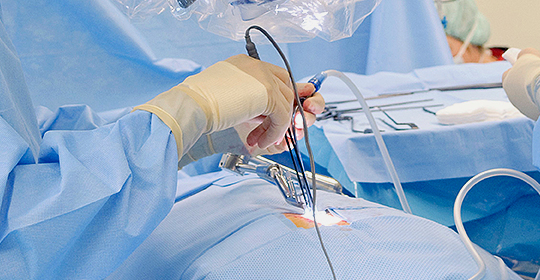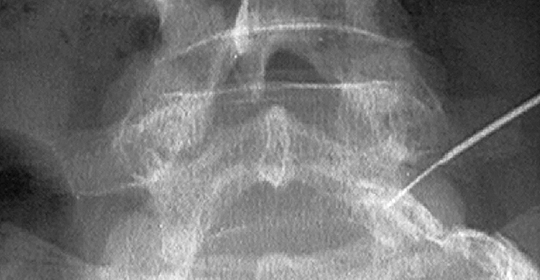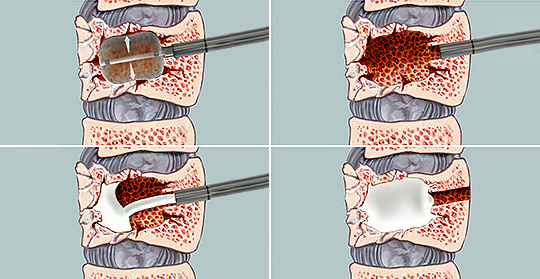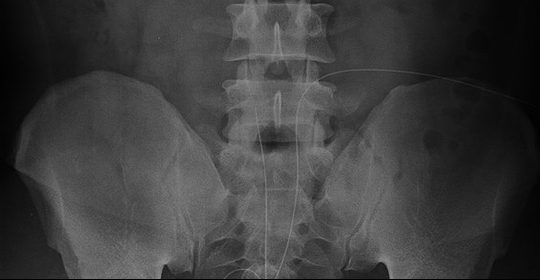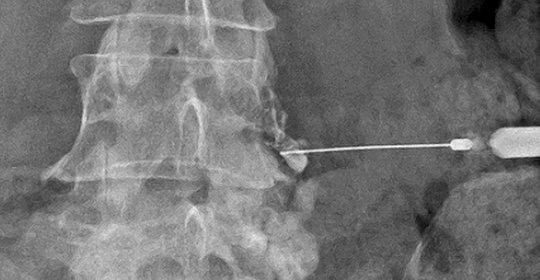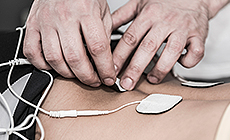- Departments/Doctors
- Medical Services
- Inpatient Services
- Emergency Medical Services
- Issuance Services
-
Spine Center
- Specialized Centers
- Emergency Medical Center
- Cancer Center
- Cardio·Vascular Center
- Neuro·Vascular Center
- Cardio·Cerebro·Vascular Intervention Center
- Spine Center
- Joint Center
- Rehabilitation Center
- Laparoscopic Surgery Center
- Gastrointestinal Endoscopy Center
- Hemodialysis Center
- Home Nursing Center
- Comprehensive Health Examination Center
- Referral Center
- International Healthcare Center
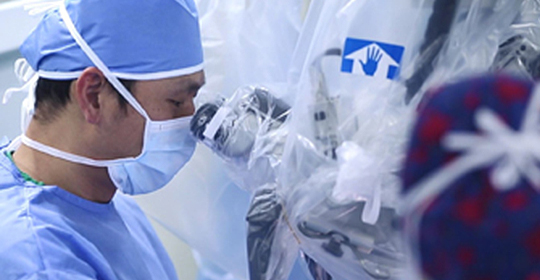
01.
Microscopic discectomy
This is the most common and effective surgical treatment for herniated discs. After a minimal incision of 1.5 to 3 cm in the skin, a surgical microscope with more than 10 to 15x magnification is inserted to directly observe the lesion site. At the same time, the disc or bone that is pressing on the nerve is scraped off to reduce the pressure on the nerve, relieve pain and widen the narrowed spinal canal. Because it is a minimally invasive operation, bleeding is minimal, and damage to normal muscles or bones is minimized, so recovery is fast enough to be able to walk on the day of surgery.
- How long it takes1 hours
- Incision2-3cm
- AnesthesiaGeneral anesthesia
- Admission1 week
- Walking1-2 days later
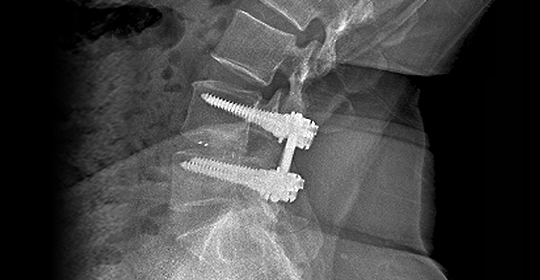
02.
Spinal Fusion
It is a surgical procedure in which the vertebral bones and protruding discs that have undergone degenerative changes are removed through minimal incision and a spinal fusion fixation device is used to connect and fix all the vertebrae to a single spine so that they do not move. This is a treatment method in which a small hole is made and a screw is inserted and fixed in the hole, which dramatically reduces bleeding and muscle damage.
- How long it takes2 hours
- Incision4-5cm
- AnesthesiaGeneral anesthesia
- Hospitalization1-2 week
- Walking3-4 days later
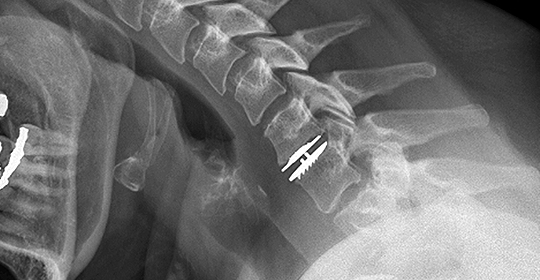
03.
Disc Replacement
Under general anesthesia, a 3-4 cm incision is made and the lesion area is checked in real time, while the damaged disc and bone fragments are removed and an ergonomically optimized artificial disc is inserted. The original disk is replaced by a specially designed artificial disc that prevents the vertebrae from being worn out. This artificial disc prevents the neck from being restricted in movement after surgery, and its movement is very similar to that of the original disc, such that it not only maintains the mobility of the spine, but also prevents the disadvantage of degenerative deterioration of the adjacent segments, which is a disadvantage of fusion.
- How long it takes2 hours
- Incision2-3cm
- AnesthesiaGeneral anesthesia
- Hospitalization 1 week
- Walking1-2 days later
Hospitalization and rehabilitation period may vary depending on the degree of damage and pain after surgery.




